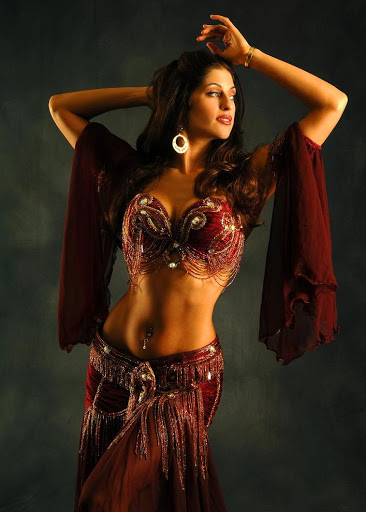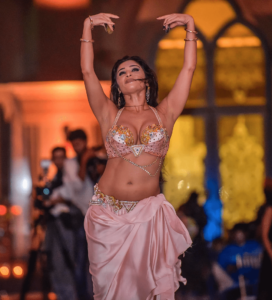Belly Dance Classes in Gurgaon
at First Dance Classes
We are inviting you to join one of the best belly dance classes in Gurgaon at First Dance by national and international artist Ms. Pallavi Yadav.
FREE TRIAL CLASS | ON WEEKENDS | SATURDAY & SUNDAY | 02:00 PM TO 03:00 PM



